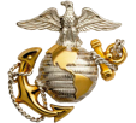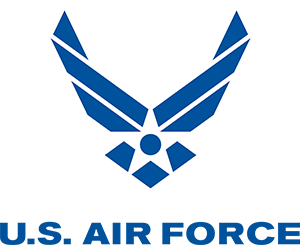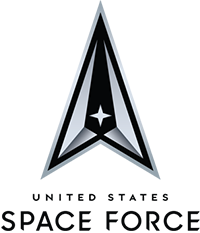
"I have fun serving my country."
James Darenkamp
Commander | Navy
When I went to the recruiter to enlist right out of high school, they handed me a booklet that contained all the jobs (ratings) of the Navy. At that time, my first choice was electronic warfare technician because I wanted to know the gear I was going to operate. So I went to Boot Camp, followed by Basic Electricity and Electronics school in Orlando, and then Electronic Warfare “A” School in Pensacola, Florida.
Finding His Sea Legs
My first assignment was on the USS Camden, where I was an electronic warfare technician. I was just a petty officer third class, so I had to get used to being at sea. I got all my basic damage control and maintenance qualifications, including my in-rate preventative and corrective maintenance qualifications. Back in the day, my shipmates used to call me the “electronic wizard” because I was capable of reading a tech manual and then fixing the gear.
I went from the USS Camden to a pre-commissioning unit detachment, USS Mahlon S. Tisdale — a guided missile frigate. Upon commissioning, I went on a couple deployments on the USS Mahlon S.Tisdale. After that, I was considering getting out of the Navy and had several job opportunities lined up; however, my senior chief said, “What do you want to do?” I said, “Well, I’ve already been at sea, I want to take a break, spend time with my wife and two sons.” He goes, “Okay, where do you want to go?” So I said, “I’ll take instructor duty at Pensacola, Florida.” I went to Pensacola for three years where I was the Integrated Training Battalion company commander and an instructor for electronic warfare “A” School and “C” School. During that time, I was also working on my bachelor’s degree at Troy University. The good news was that all of my military electronics courses were accepted by Troy University, so all I had to do was take the general studies classes.
Overseas and Officer Candidate School
After my three-year tour there, I went to the Philippines. At that time, I was the assistant electronic warfare officer for the staff, protecting the electronics spectrum. After my initial deployment, my wife and two sons came and met me there, and our last child — my daughter — was born in the Philippines. Overall, I did several small (three- to four-month) deployments while assigned there, but after two years we moved to San Diego, California, where I had been selected for appointment as a limited duty officer. Once commissioned, I went to Officer Candidate School, and then became the electronics material officer, maintaining electronic equipment on the USS Copeland. I only had a small division of 20 people. It was a very worthwhile assignment.
After I completed my tour on USS Copeland, I did a brief tour at the Anti-Surface Warfare Training Center, where I was the enlisted training manager. Basically, I was in charge of all enlisted sonar technicians’ electronics-based and operational-based training. I had more than 200 students to train annually — it was a lot of work, but it was very rewarding.
After that, I did a very brief tour as the electronics material officer onboard the USS Tarawa, and I embarked on the USS Carl Vinson on a deployment to the Arabian Gulf. Following that, I rode many ships: the USS Arkansas, the USS California, the USS Jefferson City, the USS Abraham Lincoln, the USS Stethem and the USS Peleliu. I think I have almost 18 years of at-sea duty and 16 deployments: I attended a joint school in the Netherlands; I took part in Operations Enduring Freedom and Iraqi Freedom; I helped build the electronic architecture at Prince Sultan Air Base in Saudi Arabia; and I did joint interoperability and electronic work in Israel for a year, which won me the Copernicus Award (given annually for superior performance on the job).
Island Opportunities
Today, I am stationed in Hawaii and serve as a chief staff officer at the Naval Computer and Telecommunications Area Master Station, Pacific, which provides operational direction and management to all Pacific Naval Telecommunication System users. Our area of responsibility entails 43 countries, 17 time zones, and we have four subordinate commands in Japan, Guam, San Diego and Puget Sound. In this region, we're in charge of almost 1,900 people.
As chief staff officer, I report to my commanding officer. My job is to essentially be the best executive officer and do my very best to make the commanding officer look good. I try to be in the office around 7 a.m. This is where I catch up on emails, check out my inbox and look over my routine for the day and the week ahead.
Day-to-day, my job includes taking care of all the administrative work, such as updating instructions, overseeing department heads and making sure the daily routine is going as planned. I attend meetings and visit sites. But, basically, my job is to make sure the Sailors, surveyors and contractors have a good work environment.
I’m also having time now to work on my master’s degree. I’m working on my master’s in information systems management and project management. I’m always trying to keep abreast of the current electronics. While I could easily go work for a civilian contractor with my experience, I think the Military is the way to go. And the reason is because I like to keep my mind young — when I deal with these young Sailors, they keep me on my toes. The kids in the Military today are smart — very, very smart — and I have fun serving my country.











